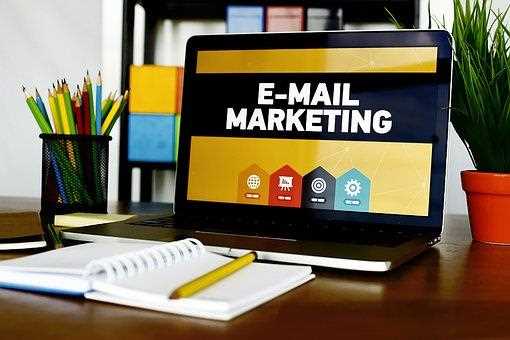
20-Mar-2023
Get to know about the email marketing to start your first campaign
When it comes to generating revenue, email marketing performs better than any other marketing strategy.
The fear that their emails won't be effective is one of the biggest obstacles B2B marketers using email marketing face.
Given how competitive the inboxes of your subscribers have become recently and the recent privacy changes to email marketing and GDPR, this is not surprising.
Having said that, one thing needs to be clarified: email marketing can work for you. Only need to choose the right tactic!
I will enlist some of the key steps to get started with your first email marketing
1. Create a strategy
You need to devise a strategy before beginning an email campaign.
You can clarify your objectives, approach, and even the emails you need to send in follow-up by making a plan. So, what ought to be in your plan?
The following are a couple of inquiries you can pose to yourself before you start:
What are your objectives?
Who is your target market?
How frequently will emails be sent?
What kind of material will the campaign contain?
How much time does the campaign have?
How will success be evaluated?
2. Make your email structure plain and simple
In order to pique as much interest as possible, it is common practice to include multiple messages in a single email campaign.
But here's what we'd say:
Reverse your actions!
Keep your messages brief, relevant, and simple to read.
Don't worry if you've never written an email before; the "Four Ps" of Persuasive Email Copywriting by Jack Price is a great place to start.
The basic idea is sound. Using the four Ps, you can structure your email campaign in a way that piques readers' interest and prompts a response. These are:
1. Promise
2. Picture
3. Proof
4. Push
3. Test your emails
You can test your email campaigns in a number of ways. Before you hit send, every email should at least be reviewed by a colleague. This doesn't have to cost a lot of money or take a lot of time.
Additionally, testing your emails on various platforms is essential. How do they read on mobile phones and tablets? Does each email client correctly display the images?
4. Timing
Customers read messages at various times and for various reasons. So you want to receive your email into their inbox at the time they are probably going to understand it. In the first place, come at the situation from your client's perspective. Consider whether your customers check their email first thing in the morning or at night from their couch. When you send your email, this has an effect.
Determine which time of day and day of the week works best for you and your customers by sending emails at different times.
5. Power of personalization
Despite their similarities, your customers are all very different. Additionally, everyone enjoys being treated with respect.
This can be done with CRM software.
Utilizing the CRM programming, you can embed customized components into an email crusade to make it look custom-made to every beneficiary. It is up to you how much you customize your email campaigns, but you can customize them to include:
Name
Place
Purchase history
Date of last login
Activity in recent times
6. Ask the permission before you are about to send emails
Permission-based marketing has gained popularity over the past few years and is now common practice. You ask, "What is permission-based marketing?"
Instead of purchasing email lists with thousands of addresses from people who have never heard of you, permission-based marketing requires you to ask customers to sign up for your emails.
7. Measure the results
You need to measure the results of your campaigns, just like you do with any other marketing channel. These key performance indicators (KPIs) for email marketing can be used to measure your campaign's success:
Deliverability rate : The ratio of the number of emails that have been sent to the number of emails that have been delivered to your email subscribers is used to calculate the deliverability rate, which is also known as the open rate and the click-through rate. If an email address has been deleted or is not valid, it may not be delivered.
Open rate : The ratio of the number of people who open an email to the number of people who received it is used to calculate the open rate.
Click-through rate : The ratio of the number of people who open an email to the number who click on a link or image within the email is used to determine the click-through rate.\

SEO and Content Writer
I am Drishan vig. I used to write blogs, articles, and stories in a way that entices the audience. I assure you that consistency, style, and tone must be met while writing the content. Working with the clients like bfc, varthana, ITC hotels, indusind, mumpa, mollydolly etc. has made me realized that writing content is not enough but doing seo is the first thing for it.
Join Our Newsletter
Subscribe to our newsletter to receive emails about new views posts, releases and updates.
Copyright 2010 - 2026 MindStick Software Pvt. Ltd. All Rights Reserved Privacy Policy | Terms & Conditions | Cookie Policy